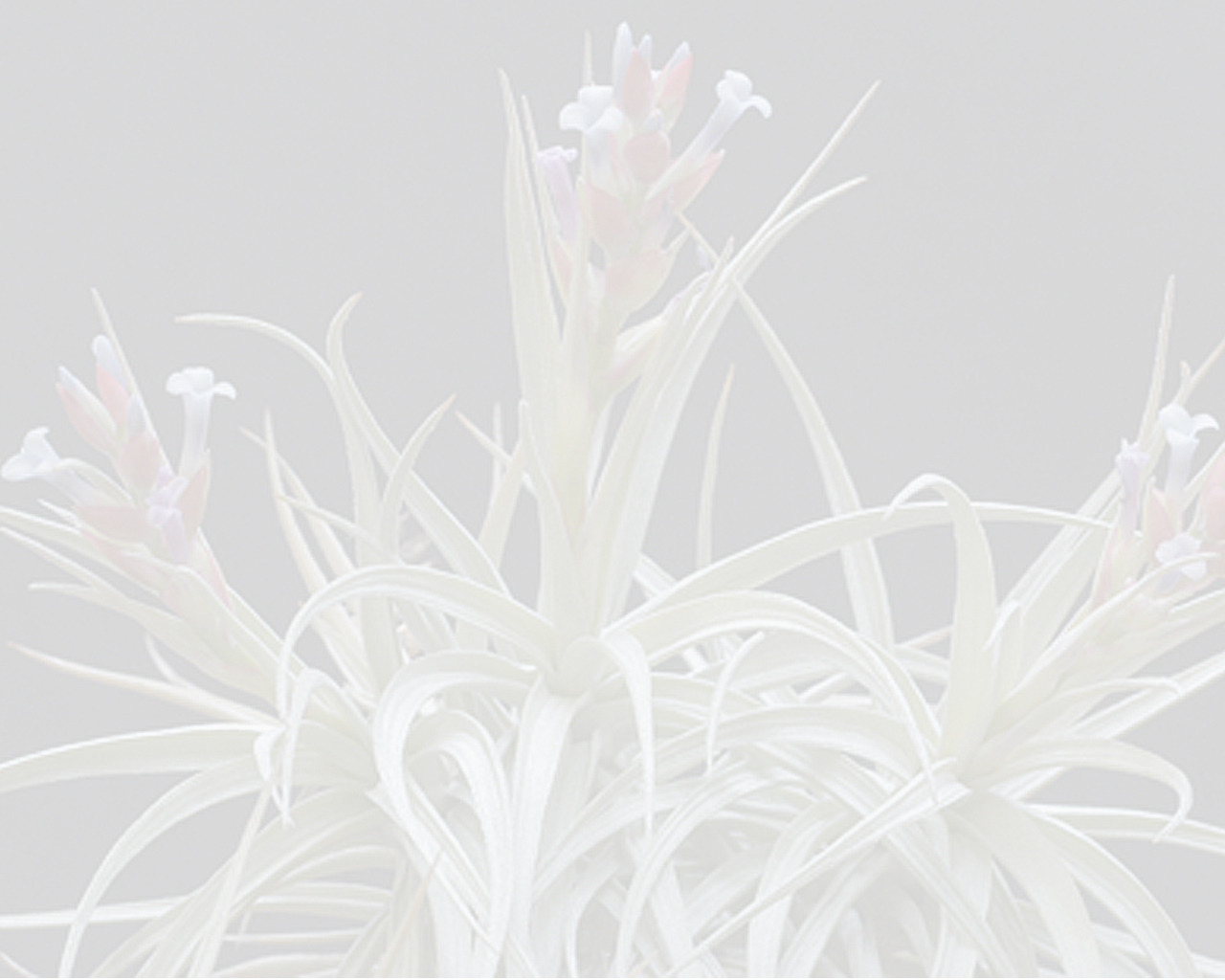

 Tillandsia viridiflora (Beer) Baker (As to basionym, not as to description and citation)[as Tillandsia viridiflora (Beer) Baker]
Tillandsia viridiflora (Beer) Baker (As to basionym, not as to description and citation)[as Tillandsia viridiflora (Beer) Baker]Observations: —It is also important to mention that sometimes plants of Tillandsia heterophylla (Fig. 2 B) are confused in herbarium material with T. viridiflora and/or T. macropetala because of the branched inflorescences and overall morphology of the floral bracts. However, in living plants, the flowers of T. heterophylla have infundibuliform and slightly zygomorphic white corollas with included stamens, while the flowers of T. viridiflora and T. macropetala have helicoiform actinomorphic green corollas, spirally twisted petals, and the stamens are exposed. In addition the plants of T. heterophylla are conspicuously glaucous and pruinose.
Finally, we suggest that the name Vriesea billbergiae Lem. (Tillandsia billbergiae (Lem.) Baker) should probably be excluded from the synonymy of T. viridiflora because the original description of the former mentioned the presence of a “gland” at the base of petals: “... [segmentis] internis basi ima glandula maxima rotundato-biloba tenuissima instructis ...”. This character is not present in any species of Tillandsia and we think that this name eventually will be assigned to some species of Vriesea Lindl., as this genus in its current circumscription is separated from Tillandsia solely on floral characters (Till, 2000). However, as the description could be wrong, it will be necessary to study the type specimen (Type: Ghiesbreght in Verschaffelt Hortus, Ghent, no date, Mexico) in order to confidently exclude the name.Edited from (01-01-2015): Kromer et al. 2012. Taxonomic and Nomenclatural status of the Mexican species In the Tillandsia viridiflora complex (Bromeliaceae) .